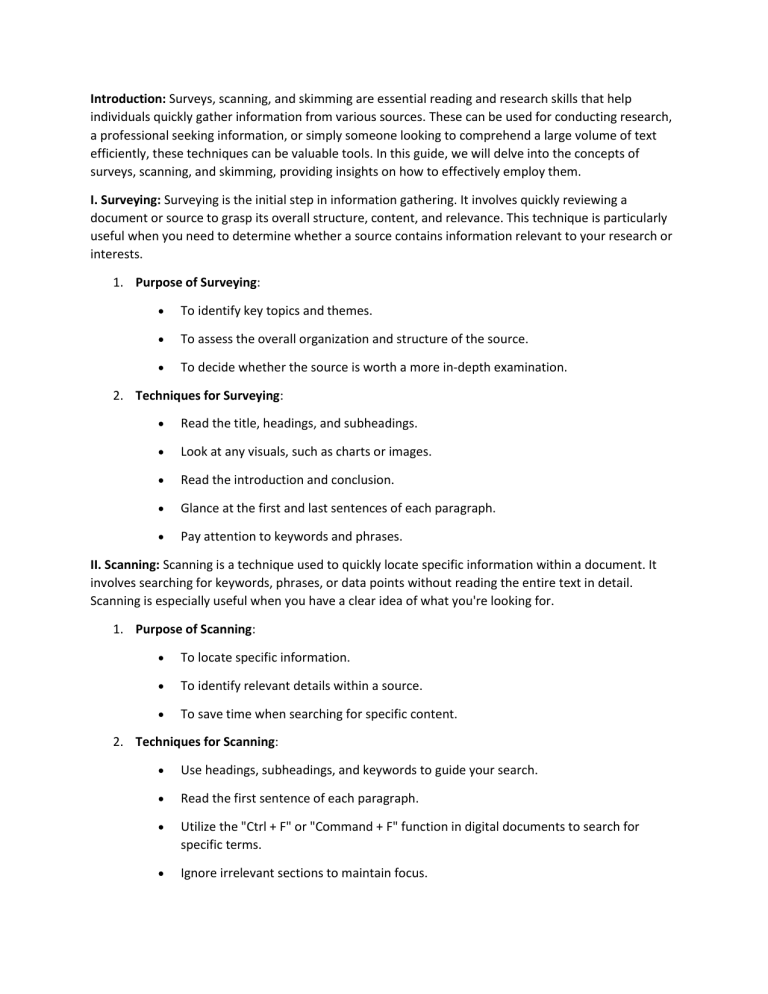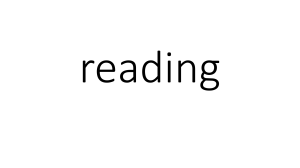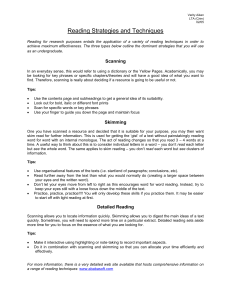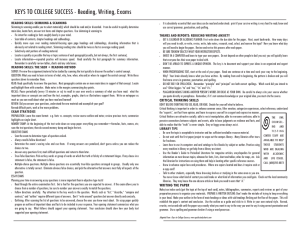
Introduction: Surveys, scanning, and skimming are essential reading and research skills that help individuals quickly gather information from various sources. These can be used for conducting research, a professional seeking information, or simply someone looking to comprehend a large volume of text efficiently, these techniques can be valuable tools. In this guide, we will delve into the concepts of surveys, scanning, and skimming, providing insights on how to effectively employ them. I. Surveying: Surveying is the initial step in information gathering. It involves quickly reviewing a document or source to grasp its overall structure, content, and relevance. This technique is particularly useful when you need to determine whether a source contains information relevant to your research or interests. 1. Purpose of Surveying: To identify key topics and themes. To assess the overall organization and structure of the source. To decide whether the source is worth a more in-depth examination. 2. Techniques for Surveying: Read the title, headings, and subheadings. Look at any visuals, such as charts or images. Read the introduction and conclusion. Glance at the first and last sentences of each paragraph. Pay attention to keywords and phrases. II. Scanning: Scanning is a technique used to quickly locate specific information within a document. It involves searching for keywords, phrases, or data points without reading the entire text in detail. Scanning is especially useful when you have a clear idea of what you're looking for. 1. Purpose of Scanning: To locate specific information. To identify relevant details within a source. To save time when searching for specific content. 2. Techniques for Scanning: Use headings, subheadings, and keywords to guide your search. Read the first sentence of each paragraph. Utilize the "Ctrl + F" or "Command + F" function in digital documents to search for specific terms. Ignore irrelevant sections to maintain focus. III. Skimming: Skimming is a rapid reading technique used to gain a general understanding of a text's content without reading it word by word. Skimming helps identify main ideas, key points, and the overall tone of a document quickly. 1. Purpose of Skimming: To get an overview of a document. To identify main ideas and key points. To determine if the source is worth a more detailed read. 2. Techniques for Skimming: Read headings, subheadings, and any bolded or italicized text. Look at bullet points, lists, and highlighted sections. Read the first and last sentences of paragraphs. Focus on the opening and closing paragraphs. Conclusion: Mastering the skills of surveying, scanning, and skimming can greatly enhance the ability to gather information efficiently and make the most of the time when dealing with a wide range of written materials. These techniques are versatile and adaptable, making them valuable tools for both academic and professional pursuits.





